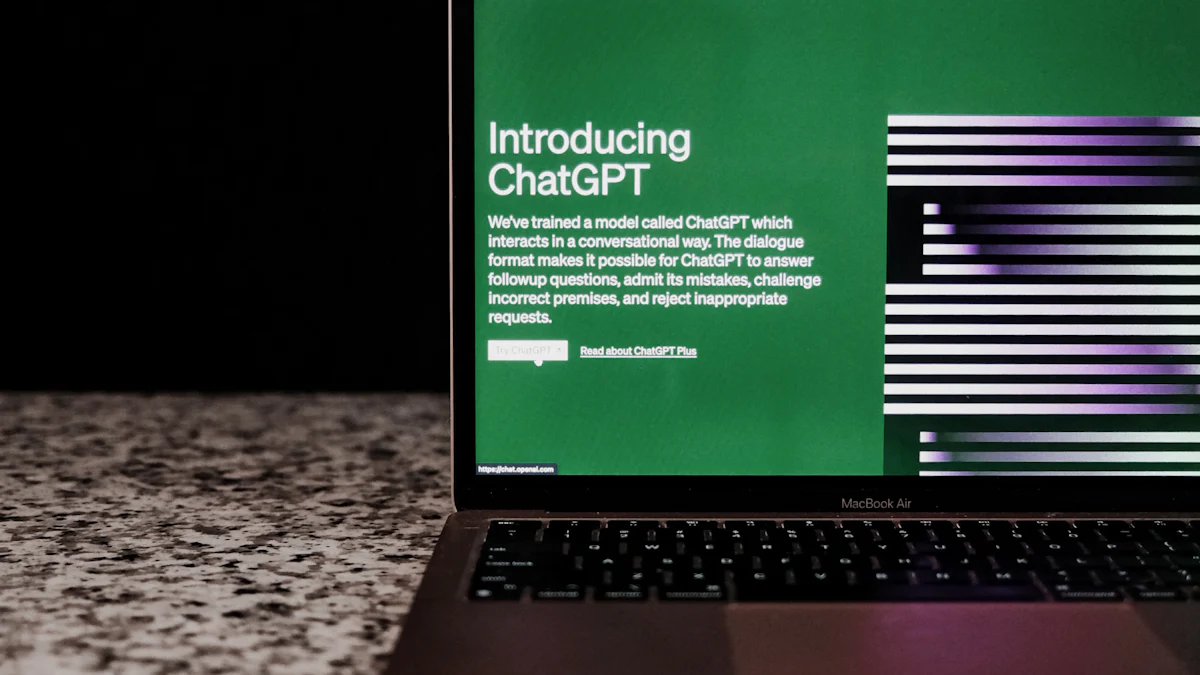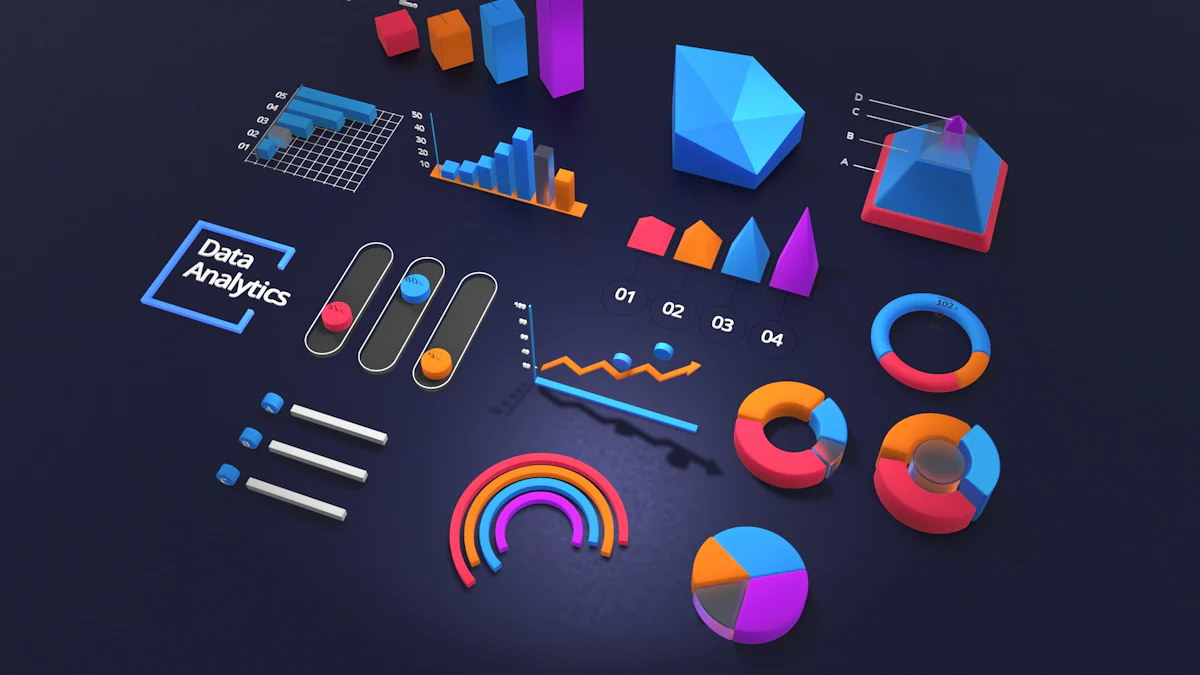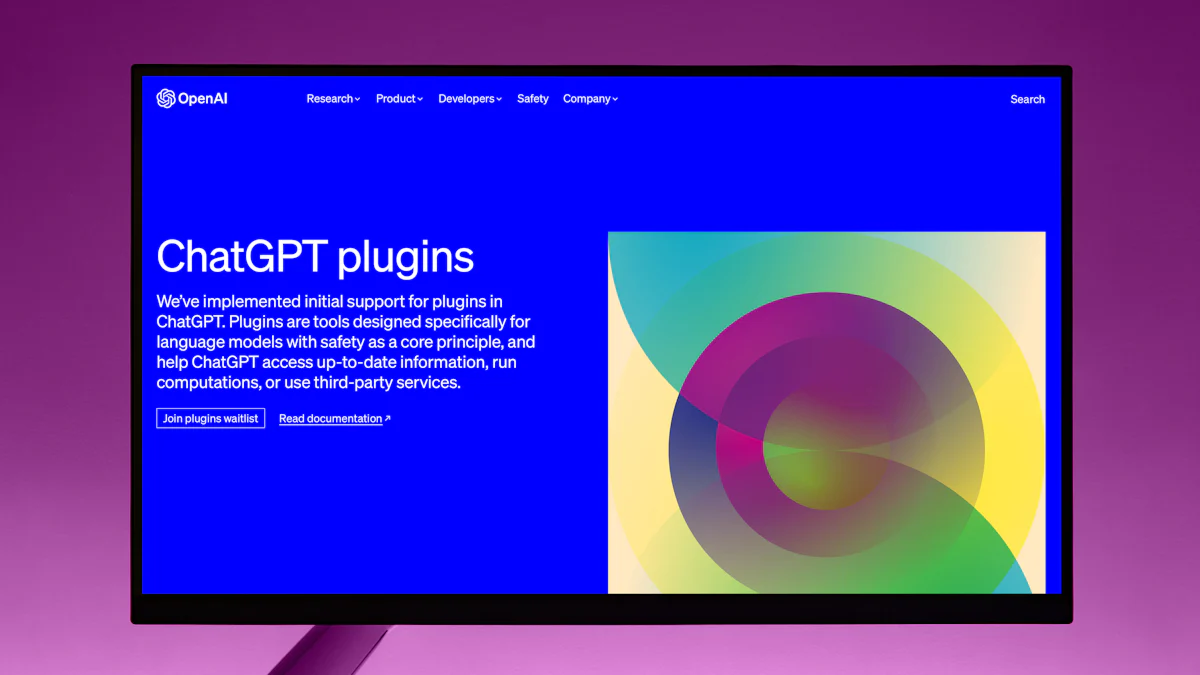how to train chatgpt on your business

Artificial Intelligence (AI) has become crucial in modern business. Over 60% of business owners believe AI will increase productivity. AI can improve employee productivity by 40%. ChatGPT, a powerful AI tool, can enhance customer interactions and streamline processes. Training ChatGPT on custom data allows businesses to tailor responses to specific needs. This customization leads to improved efficiency and customer satisfaction. Businesses that train AI chatbots report positive results, with 54% seeing at least a 1% improvement in efficiency. By taking the time to train ChatGPT, companies can ensure that their AI chatbots are perfectly aligned with their brand and customer service goals.
Understanding the Basics of ChatGPT
What is ChatGPT?
ChatGPT stands as a cutting-edge AI tool. GPT-3 technology powers ChatGPT. This technology belongs to the autoregressive language model family. GPT-3 can complete human-like text tasks. The model has 175 billion parameters, which boosts its performance.
Overview of GPT-3 technology
GPT-3 technology relies on a large corpus of text. Pre-training on this text improves performance. Fine-tuning follows pre-training for specific tasks. Scaling up language models enhances task performance. GPT-3 sometimes matches state-of-the-art fine-tuning approaches.
Key features and capabilities
ChatGPT offers several key features. It can generate coherent text. ChatGPT understands context well. This AI tool can answer questions accurately. ChatGPT can also engage in meaningful conversations. Businesses can use ChatGPT for various applications. These include customer support and content creation.
Why Train ChatGPT for Your Business?
Training ChatGPT on custom data benefits businesses. Customization aligns ChatGPT with business needs. This alignment improves efficiency. Customer interactions become more personalized. Training ChatGPT ensures responses match the company's tone.
Customization benefits
Businesses gain several benefits from customization. Custom data allows ChatGPT to understand specific jargon. ChatGPT can handle industry-specific queries better. Customization makes ChatGPT a valuable tool. Businesses can improve customer satisfaction through tailored responses.
Improved customer interactions
Training AI chatbots enhances customer interactions. ChatGPT can provide instant support. This reduces wait times for customers. ChatGPT can guide users through services or products. Businesses can free up human resources for complex tasks. Training ChatGPT leads to better customer experiences.
Preparing Your Business Data

Identifying Relevant Data
Types of data to collect
To train ChatGPT effectively, businesses need to gather various types of data. Customer service transcripts provide valuable insights into common queries and responses. Product descriptions and user manuals help ChatGPT understand the specifics of your offerings. Marketing materials and social media interactions reveal the tone and style of communication preferred by your audience. Collecting these data types ensures a comprehensive training dataset.
Ensuring data quality
High-quality data is crucial for successful training. Ensure that the collected data is accurate and up-to-date. Remove any irrelevant or outdated information. Consistency in data formatting enhances the training process. Businesses should also anonymize sensitive customer information to comply with privacy regulations. Regularly reviewing and updating the dataset maintains its relevance and accuracy.
Organizing and Formatting Data
Structuring data for training
Properly structured data improves the efficiency of the training process. Organize the data into categories such as customer inquiries, product details, and marketing content. Label each data point clearly to facilitate easy retrieval during training. Consistent formatting across all data points ensures uniformity. Structured data enables ChatGPT to learn patterns and respond accurately.
Tools for data preparation
Several tools can assist in preparing data for training. Spreadsheet software like Microsoft Excel or Google Sheets helps organize and label data efficiently. Data cleaning tools such as OpenRefine remove inconsistencies and errors. Natural language processing (NLP) tools like spaCy or NLTK preprocess text data, making it suitable for training. Utilizing these tools streamlines the data preparation process, ensuring high-quality input for ChatGPT.
Case Studies:
P&G AI Implementation for Manufacturing and Market Trends Prediction: P&G used AI-driven data analysis to optimize manufacturing processes and predict market trends. This led to efficient supply chain management and production line optimization.
Moderna's AI Application in Healthcare: Moderna utilized large language learning models to analyze vast datasets, accelerating innovation in healthcare. This showcases the life-saving power of AI.
Rockwell Automation's AI Implementation for Operations Optimization: Rockwell Automation implemented AI for optimizing operations through predictive analytics tools. This enhanced operational efficiency and data-driven decision-making.
These case studies highlight the importance of high-quality data and structured preparation in successful AI implementations.
Training ChatGPT with NewOaks AI
Introduction to NewOaks AI
NewOaks AI offers a versatile tool for businesses. This tool streamlines customer inquiries, appointment bookings, and lead generation. NewOaks AI transforms websites into lead-generating powerhouses. The tool provides 24/7 customer support.
Features and benefits
NewOaks AI includes several features. The chatbot engages visitors with intelligent chat interactions. The tool automates lead capture and appointment booking. Businesses can handle missed calls and make appointments automatically. NewOaks AI improves customer engagement and satisfaction.
How it integrates with ChatGPT
NewOaks AI integrates seamlessly with ChatGPT. The integration allows businesses to train ChatGPT on custom data. This process enhances the chatbot's ability to respond accurately. Businesses benefit from improved customer interactions and efficiency.
Step-by-Step Training Process
Setting up your NewOaks AI account
First, create a NewOaks AI account. Visit the NewOaks AI website. Follow the registration instructions. Provide necessary business details. Complete the setup process.
Uploading and processing data
Next, gather relevant business data. Collect customer service transcripts, product descriptions, and marketing materials. Ensure data quality by removing irrelevant information. Upload the data to NewOaks AI. The tool processes the data for training.
Running initial training sessions
Begin the initial training sessions. Use the uploaded data to train ChatGPT. Monitor the training progress. Ensure that ChatGPT learns from the data. Evaluate the initial results.
Fine-Tuning and Testing
Adjusting parameters
Fine-tune the training parameters. Adjust settings to improve performance. Experiment with different configurations. Optimize the chatbot's responses.
Testing responses
Test the chatbot's responses. Use sample queries to evaluate accuracy. Check for consistency and relevance. Ensure that the chatbot aligns with business needs.
Iterative improvements
Implement iterative improvements. Continuously refine the training process. Update the data regularly. Monitor the chatbot's performance. Make necessary adjustments to enhance accuracy.
Implementing ChatGPT in Your Business

Deployment Strategies
Integrating with existing systems
Integrating ChatGPT into existing systems requires careful planning. Businesses must ensure that the chatbot works seamlessly with current software. Compatibility checks help avoid disruptions. APIs (Application Programming Interfaces) facilitate smooth integration. APIs allow different software to communicate effectively. Proper integration enhances the chatbot's functionality.
Ensuring security and compliance
Security and compliance are crucial when deploying AI chatbots. Businesses must protect customer data. Encryption methods safeguard sensitive information. Regular security audits identify potential vulnerabilities. Compliance with regulations like GDPR (General Data Protection Regulation) is essential. Non-compliance can lead to legal issues. Businesses must stay updated on relevant laws.
Monitoring and Maintenance
Regular updates and retraining
Regular updates keep the chatbot effective. Updating ensures that the chatbot adapts to new information. Retraining the model on fresh data improves accuracy. Businesses should schedule periodic reviews. Reviews help identify areas for improvement. Consistent updates maintain high performance.
Handling unexpected issues
Unexpected issues may arise during deployment. Businesses need a plan for troubleshooting. Quick response times minimize disruptions. Logging errors helps track recurring problems. Continuous monitoring detects issues early. Proactive measures ensure smooth operation.
Recapping the training process, businesses start by gathering and organizing relevant data. Then, businesses use NewOaks AI to train ChatGPT, fine-tune parameters, and test responses. This ensures that ChatGPT aligns with business needs.
I encourage you to start training ChatGPT now. Many businesses report significant benefits. According to Forbes Advisor, 97% of business owners believe ChatGPT will benefit their operations.
For additional resources and support, visit the NewOaks AI website. Access guides, tutorials, and customer support to assist in your training journey.
See Also
Detailed Steps for Developing a Personalized ChatGPT Business Bot
Top Tips for Growing Your Service Business Using ChatGPT
Ensuring Ethical Practices in Business Automation with ChatGPT
Comprehensive Handbook for Training ChatGPT Using Your Data
Interacting with Your Data: Comprehensive Training of ChatGPT with Personalized AI Assistant

